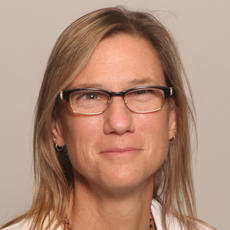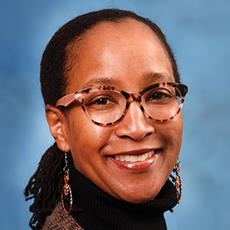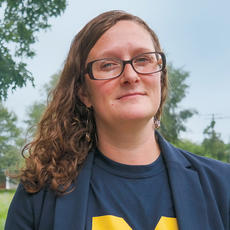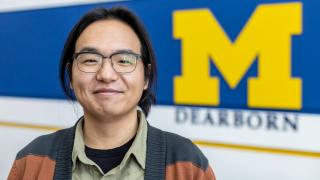 Reconnecting Families
Reconnecting Families
What’s it going to take to make this right?
It’s a question posed by College of Arts, Sciences, and Letters faculty Julie Roddy (above) and Paul Draus in an effort to reconnect families separated by prison bars, drugs and feelings of hurt. The duo organize Family Group Counseling (FGC) with Michigan Department of Corrections parolees and people in substance abuse rehabilitation, acting as a communication conduit between those individuals and their loved ones as they re-enter society.
Roddy works with women and Draus works with men to relay information to each side before facilitating an in-person conference where families can create a plan on how to move forward.
Roddy and Draus started FGC in 2014 and are currently tracking the long-term impact thanks to support from the National Institute of Justice.
 Entrepreneurship Everywhere
Entrepreneurship Everywhere
Marketing Associate Professor Crystal Scott and her College of Business students are consulting with West African businesses and helping plan for e-commerce expansion.
Guided by Scott and the Detroitbased Virtual Global Consultant Group, students worked with African entrepreneurs this year to help small- to mid-sized retailers evaluate their “going global” potential.
Scott said the partnership, which is ongoing, also introduces students to the African economy.
“Our students need to know about entrepreneurship happening in Africa. Profitability and growth are in all different sectors, not just tech. The opportunities you can get involved with run the gamut.”
 Bridge Work
Bridge Work
UM-Dearborn faculty and students have been among the most active public health allies of residents in Detroit’s Delray neighborhood, which will soon be home to one side of the Gordie Howe International Bridge.
Recently, Health and Human Services Assistant Professor Natalie Sampson helped lead the team that compiled a city-commissioned Health Impacts Assessment (HIA) for the bridge project.
The HIA, which is part of a larger community benefits agreement that residents won, includes both baseline health data on the community (so impacts of the bridge can be evaluated over time) and recommendations for minimizing burdens on the neighborhood.

